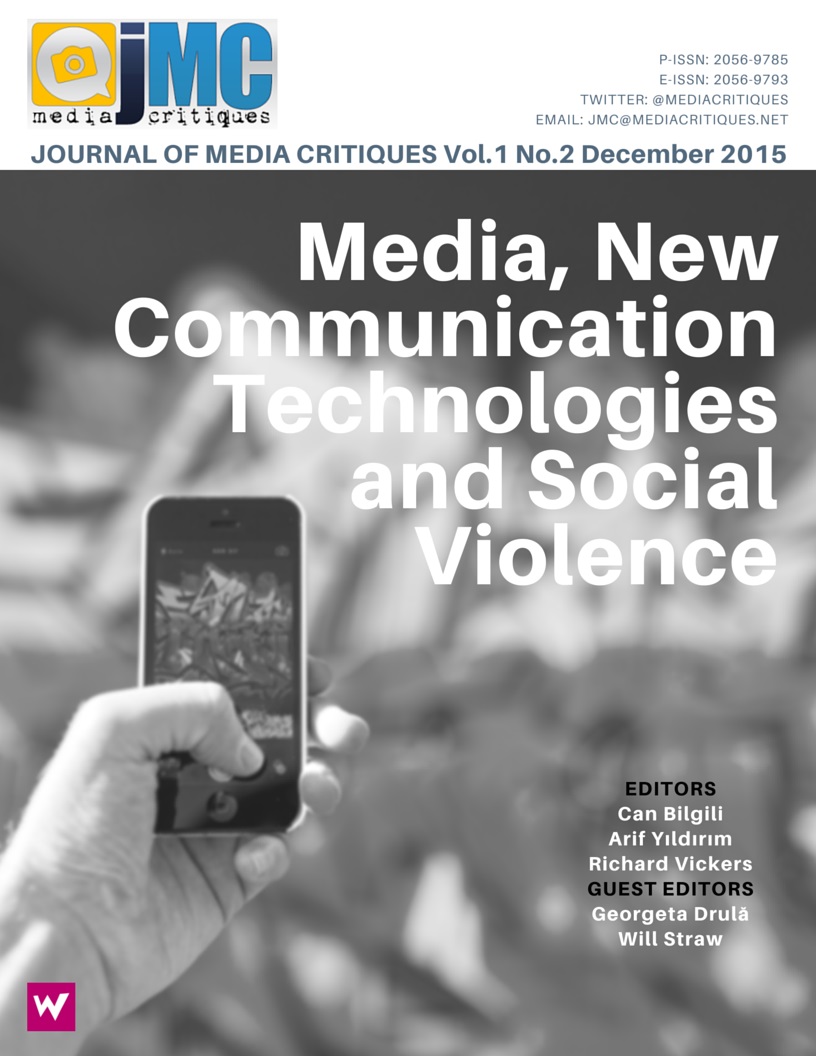FILTERED VIOLENCE: PROPAGANDA MODEL AND POLITICAL ECONOMY OF THE INDIAN FILM INDUSTRY
FILTERED VIOLENCE: PROPAGANDA MODEL AND POLITICAL ECONOMY OF THE INDIAN FILM INDUSTRY
Author(s): Azmat RasulSubject(s): Media studies, Political economy, Studies in violence and power, Social Informatics, Film / Cinema / Cinematography, Marketing / Advertising, Socio-Economic Research, Sociology of Art
Published by: University of Lincoln and World Experience Campus Foundation
Keywords: soft power; propaganda model; violence; Bollywood; political economy;
Summary/Abstract: Production, distribution, and consumption of cinematic violence raises several questions of academic import. Despite a plethora of research studies exploring the nature of screen violence and its effects on viewers, a serious debate on the influence of state machinery on the production of sanitized violence in movies is still wanting. Likewise, Bollywood’s role in advancing the Indian government’s agenda in war and peace times has been paid petite attention in academic discourses dealing with media-state interconnection. This article explores the relevance of Herman and Chomsky’s propaganda model as a framework for analysis and analyzes Bollywood’s movies based on stories of violence in war and peace times. The article discusses the connections with the Indian state apparatus that influences production processes in the Indian film industry by providing financial assistance and applying multifarious political, social, economic, and ideological pressures (filters). The findings suggest that the Bollywood movies support diplomatic initiatives of the Indian government through cinematic narratives of sanitized violence.
Journal: Journal of Media Critiques
- Issue Year: 1/2015
- Issue No: 2
- Page Range: 75-92
- Page Count: 18
- Language: English

